riera studio NEWS
Art et marges in Cuba
Three exhibitions were inaugurated on November 8, 9 and 10 at the Rejas del Castillo de la Real Fuerza, the Galería Taller Gorria and in the Vitrina de Valonia, respectively, in which originals and photographies could be seen for the first time in Cuba from the Art et Marges Museum as well as from the artists who attend the workshops of the Créahm atelier, both Belgian institutions in the city of Brussels and with a systematic work to encourage and promote outsider art. We are talking about one of the oldest museums dedicated to this type of expression, in charge of a prestigious collection dating from the mid-1980s, made up of more than 4000 works by 200 artists of all nationalities.
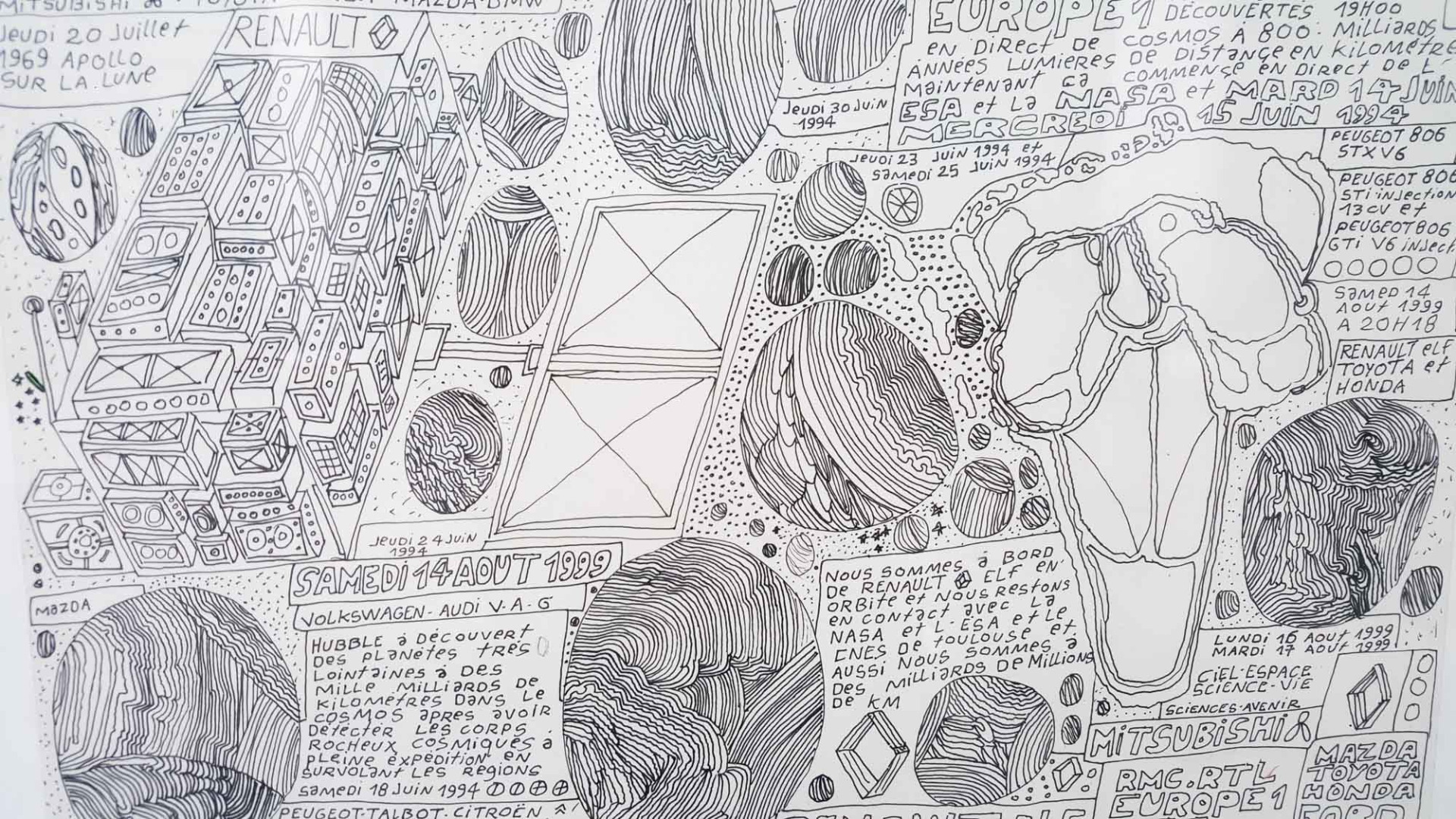
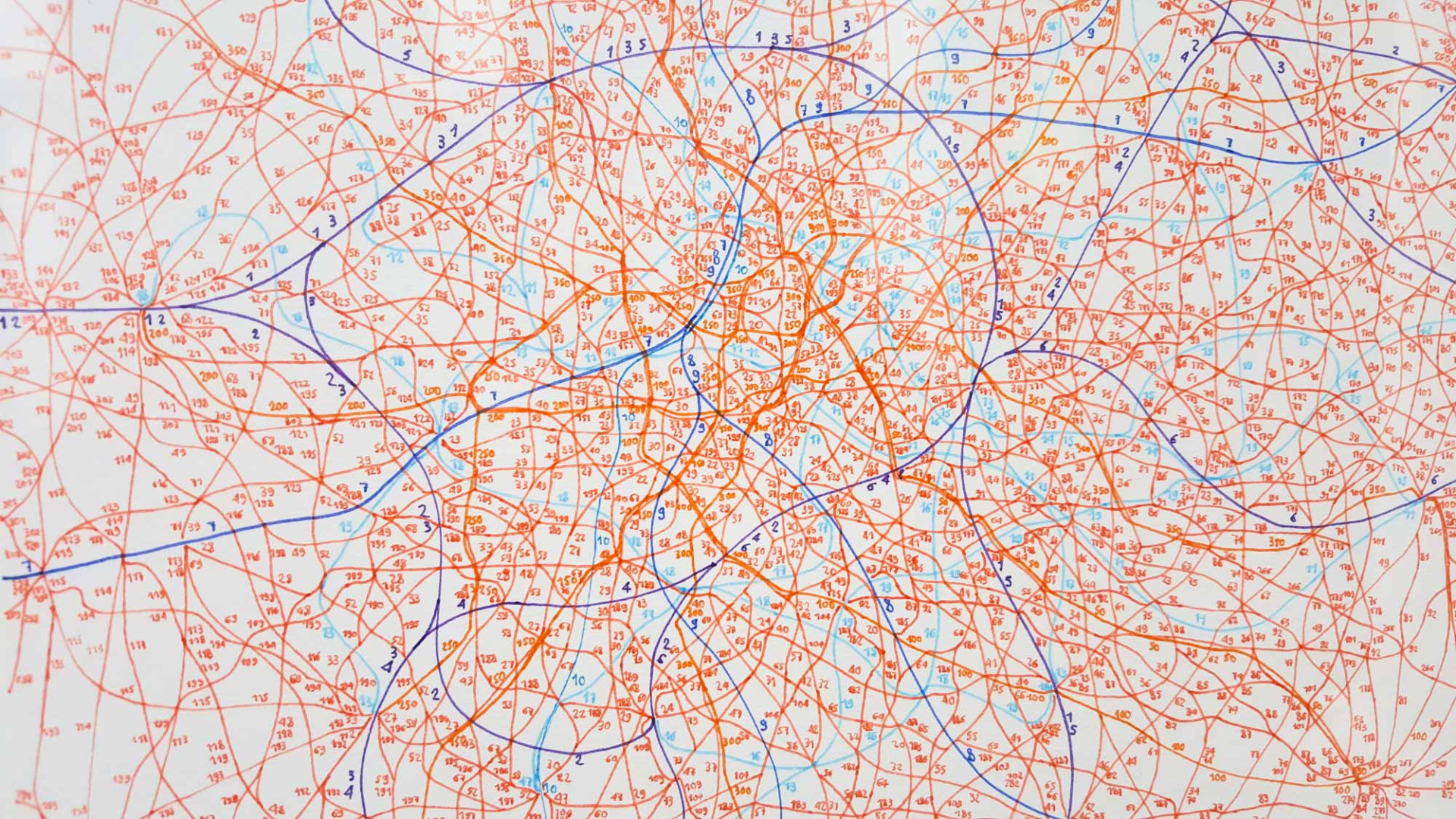
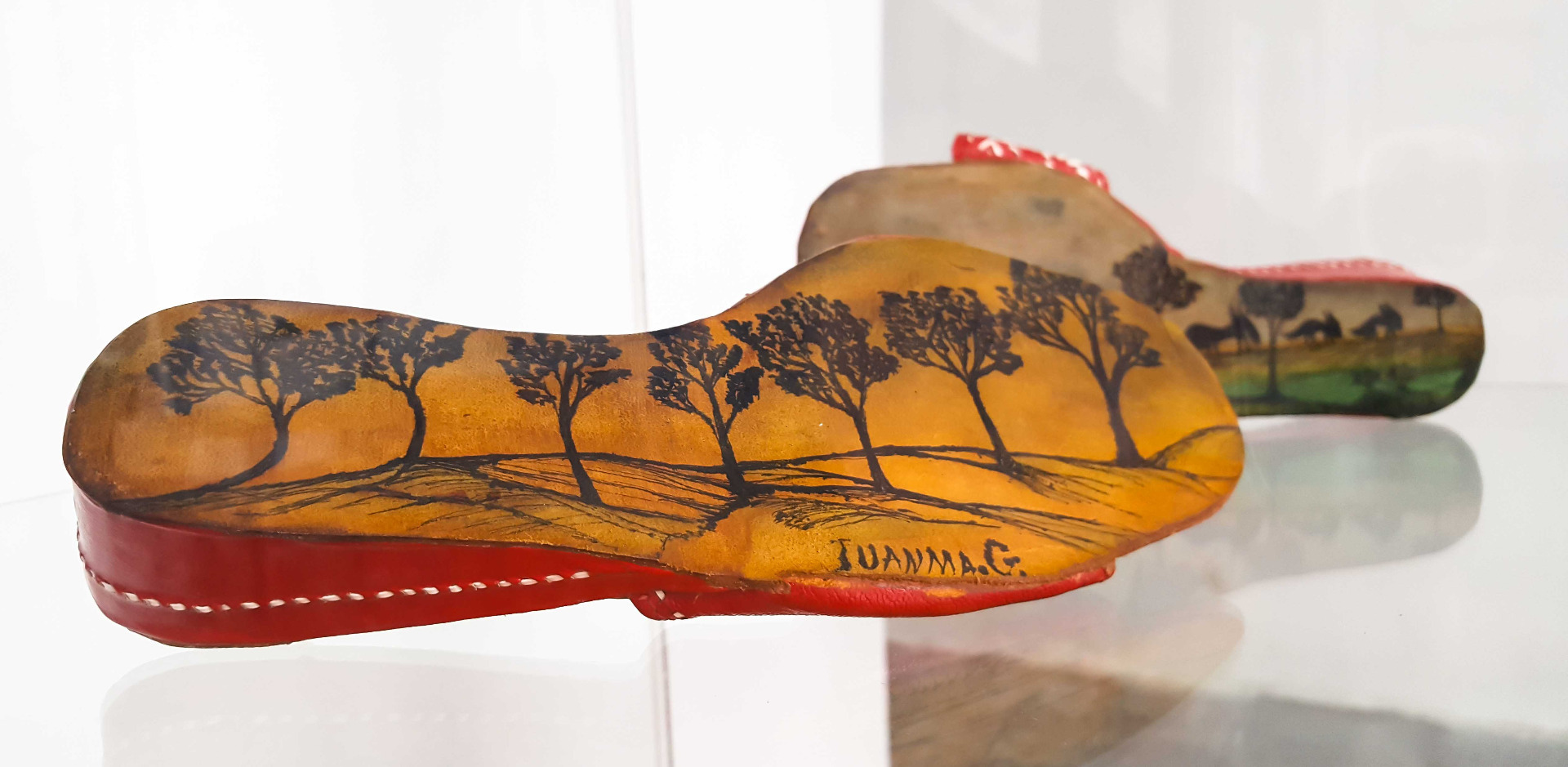
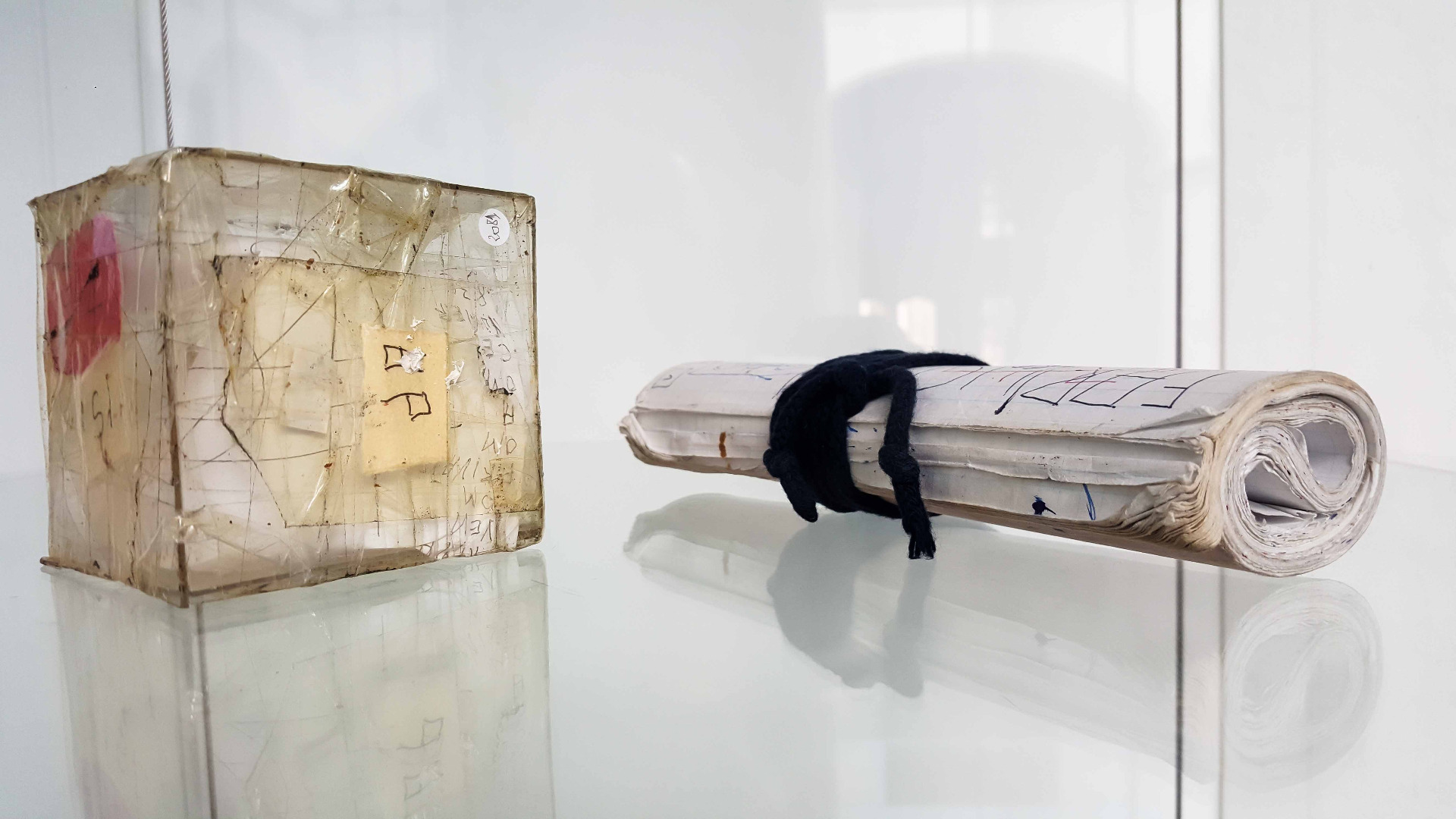
Exhibition of works from the Art et Marges Museum´s Collection at Vitrina de Valonia.
The exhibitions are taking place within the framework of the celebrations for the Belgian week in Havana, and inlcude the presence of two artists from Créamh, Ines Recldah and Géraldine Vink, as well as the director of Art et Marges, Tatiana Veress, who curated the exhibits on display.
It is striking how these activities will be happening totally disconnected with the panorama of Art Brut and Outsider Art in Cuba, a phenomenon that for years has been studied and promoted by Art Brut Project Cuba.
The reasons are beyond the purposes of this note. One can suppose that it is an unfortunate divorce between the Cuban institutional sector and independent spaces, where in the coordination of actions by the Institution, these spaces are often left on the sidelines, thus underestimating the invaluable contributions they make to the cultural task of the country.
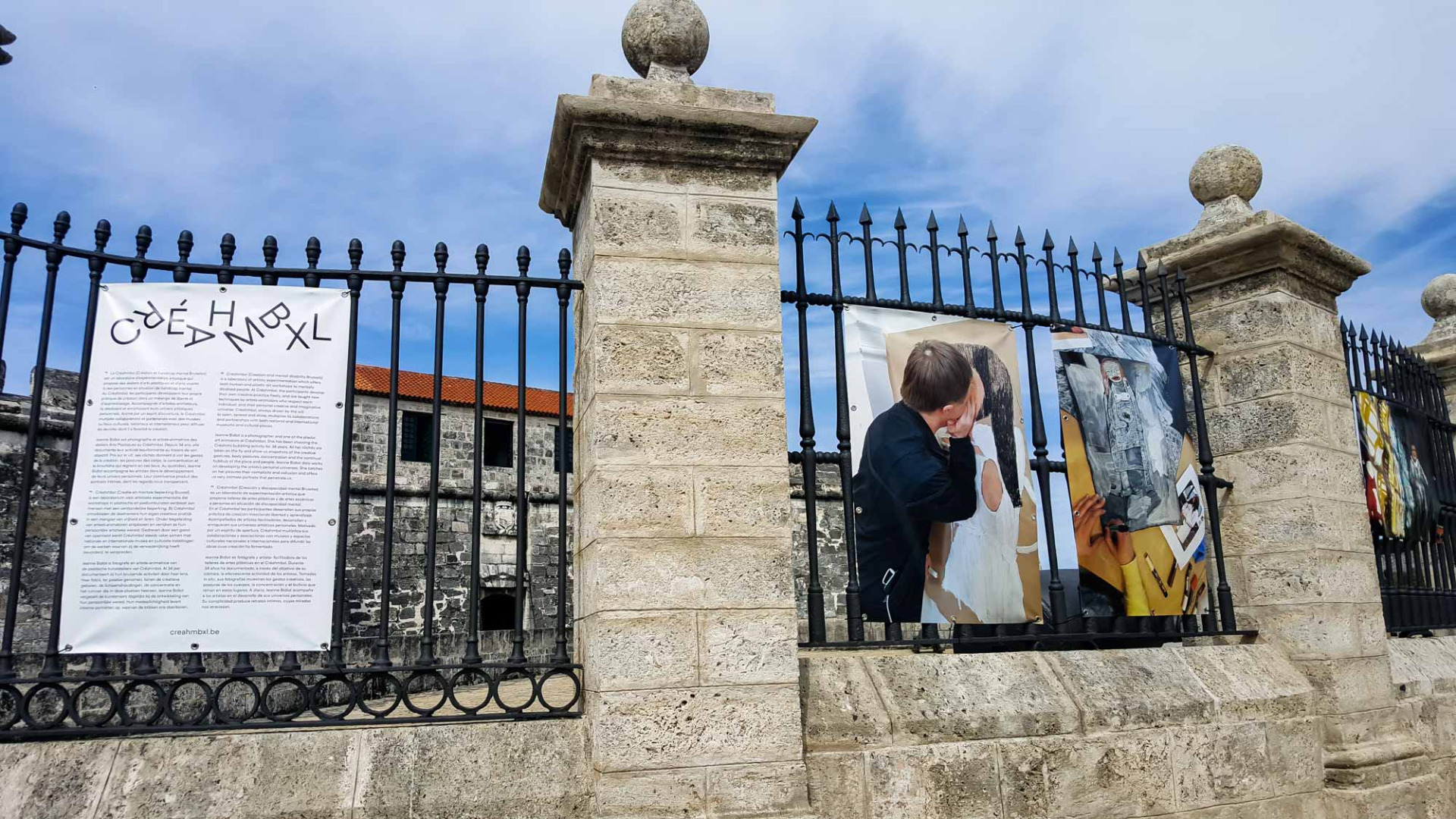
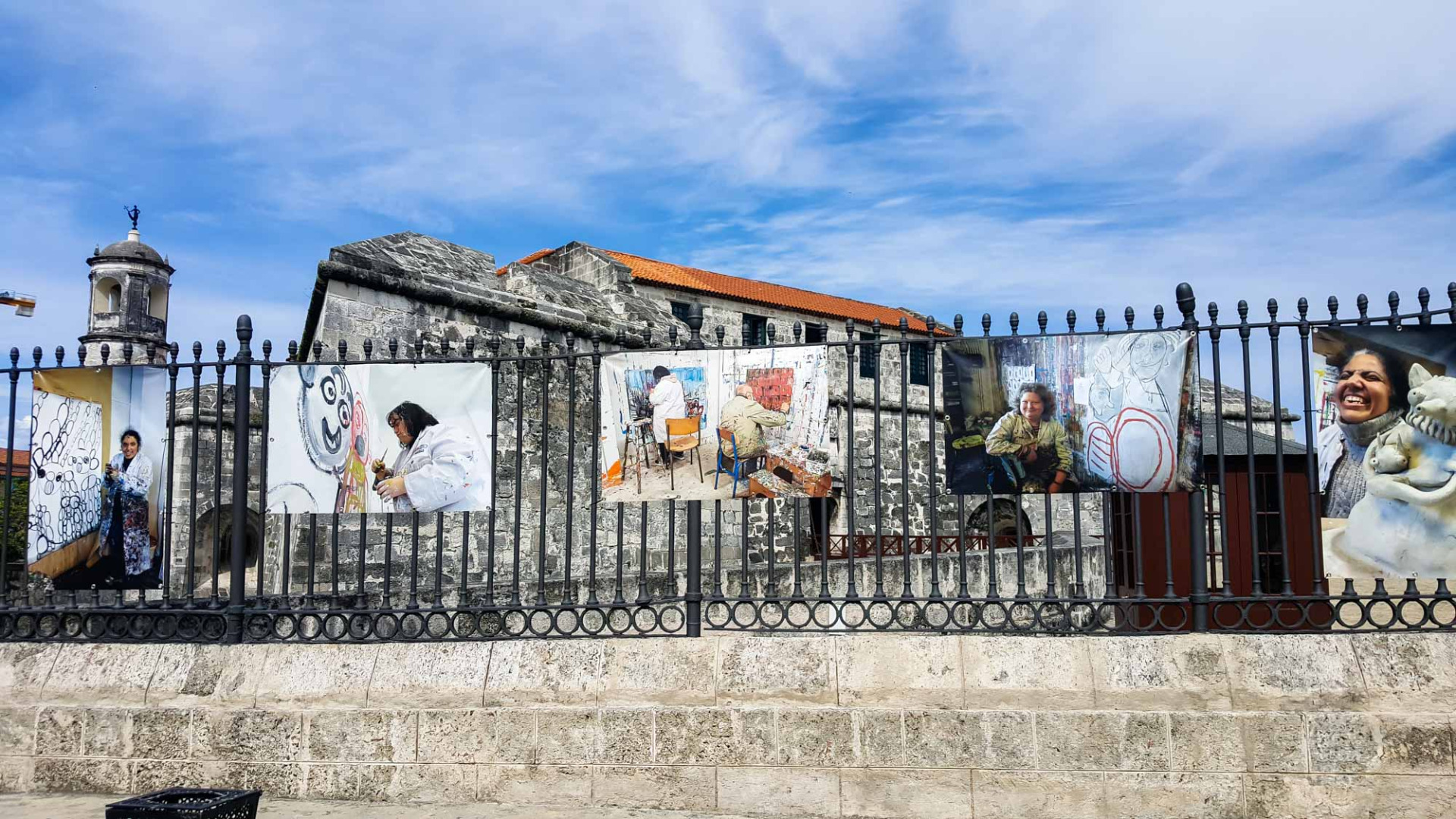
View of photographie from artists at the Créamh Brussels at Rejas del Castillo de la Real Fuerza
In short, what is missing in this case? The space for dialogue between projects of a similar nature. The debate on relevant issues of outsider practices and topics that are generally controversial, but especially when one has the opportunity to consider and debate the analogies and divergences generated by heterogeneous contexts such as Belgium and Cuba.
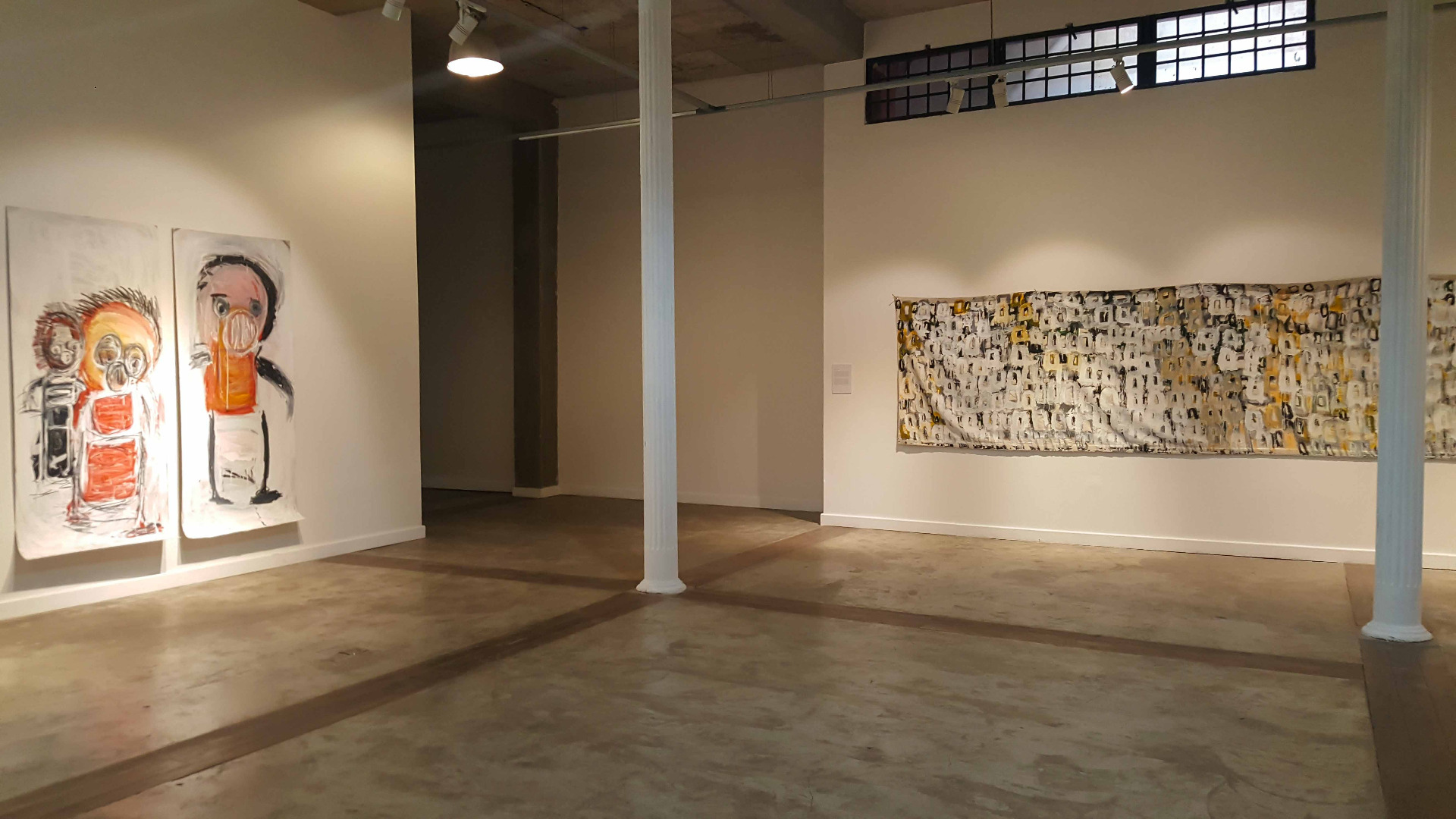
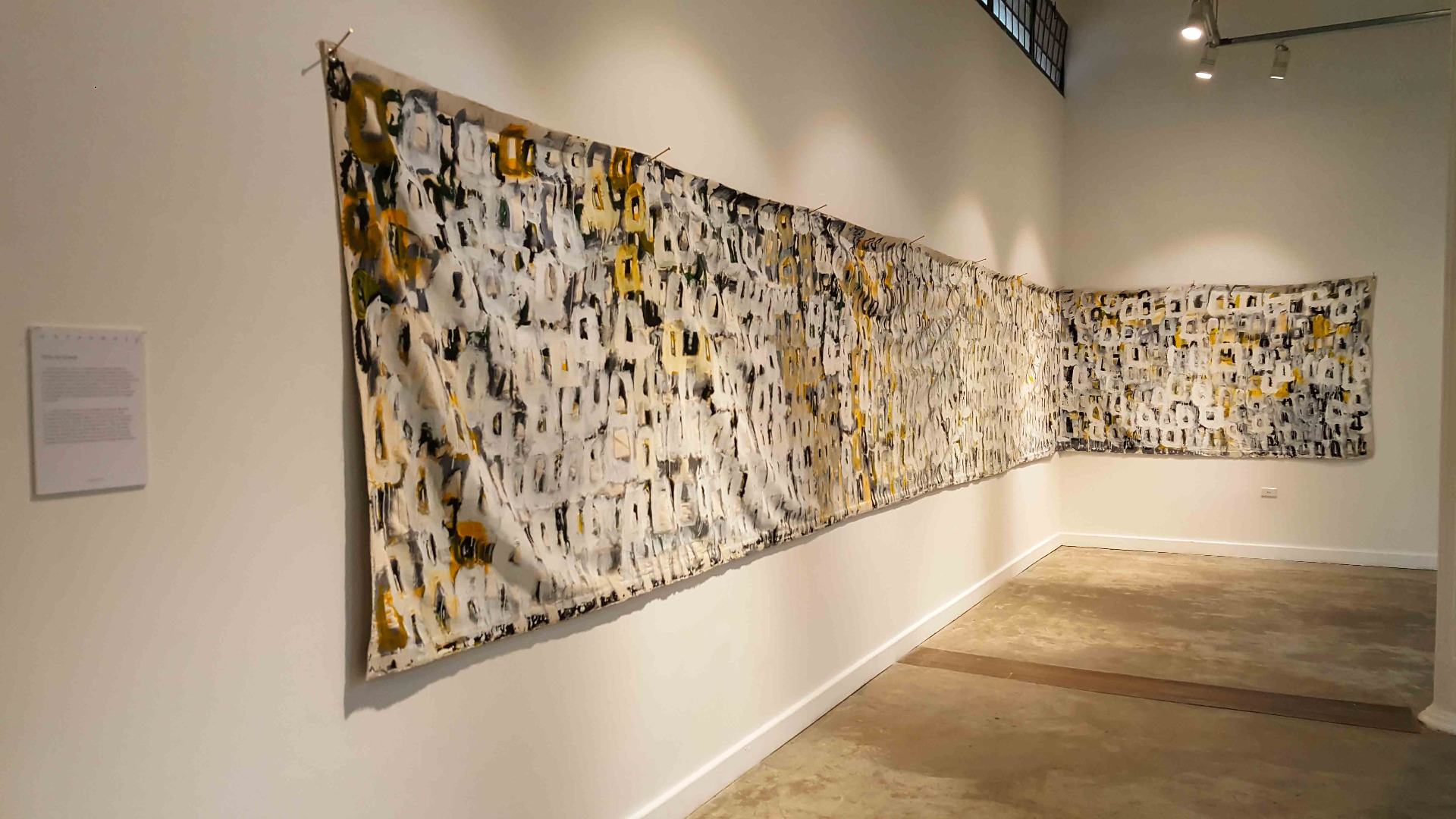
Works from the artists: Ines Recldah and Géraldine Vink at the Galería Taller Gorria
The possibility to unravel the nature of Art Brut and Outsider Art, from the European and Latin American experience, in front of a too monumental audience that still does not know what these expressions are about, and where their main problems run; which, within the framework of the visit and exhibition of a museum of outsider art, the first in Cuba, would have been of great repercussion, in terms of the knowledge, legitimacy and officiality it can contribute.
The links, the necessary exchange, the feedback, the shared knowledge - made available to the public by the most authoritative voices that specialize in the subject, are lost.
Yenisel Osuna Morales
Art Historian with special focus and experience in Art Brut and Outsider Art in Cuba
_______________________________________________________________________________________________________________
Art et Marges en Cuba
Fueron inauguradas los días 8, 9 y 10 de noviembre en las Rejas del Castillo de la Real Fuerza, la Galería Taller Gorria y en las salas de Vitrina de Valonia, respectivamente, tres exposiciones, en las que por primera vez en Cuba podían apreciarse originales del Museo Art et Marges así como de los artistas que asisten a los talleres del atelier Créahm, ambas instituciones belgas de la ciudad de Bruselas y con un trabajo sistemático para fomentar y promocionar el arte outsider. Hablamos de uno de los museos más antiguos dedicados a este tipo de expresiones, a cargo de una prestigiosa colección que data de mediados de la década de 1980, compuesta por más de 4000 obras de 200 artistas de todas las nacionalidades.
Las exposiciones transcurrirán en el marco de las celebraciones por la semana belga en La Habana, y estarán presentes dos artistas del Créamh, Ines Recldah y Géraldine Vink, así como la directora de Art et Marges, Tatiana Veress quien comisarió las muestras en exhibición.
Llama la atención como estas actividades estarán sucediendo totalmente desconectadas con el panorama del Art Brut y el Outsider Art en Cuba, un fenómeno que por años se estudia y difunde desde Art Brut Project Cuba. Las razones trascienden los propósitos de la presente nota. Puede uno suponer que se trate de un divorcio lamentable entre el sector institucional cubano y los espacios independientes, donde en la coordinación de acciones por parte de la Institución, estos espacios suelen quedar muchas veces al margen, subestimándose así los valiosísimos aportes que realizan al quehacer cultural del país.
En breves líneas, ¿qué se pierde en este caso? El espacio para el diálogo entre proyectos de similar naturaleza. El debate sobre cuestiones relevantes de las prácticas outsiders y temas que generalmente suelen ser controversiales, pero sobre todo cuando se tiene la oportunidad de considerar y debatir sobre las analogías y divergencias generadas por contextos heterogéneos como el de Bélgica y Cuba. La posibilidad para desentreñar la naturaleza del art brut y el outsider art, desde la experiencia europea y latinoamericana, frente a una audiencia demasiado monumental que aún desconoce de qué tratan estas expresiones, y por dónde discurren sus principales problemáticas; lo cual, en el marco de la visita y exhibición de un museo de arte outsider, la primera en Cuba, hubiese sido de gran repercusión, por cuanto de conocimiento, legitimidad y oficialidad puede aportar.
Se pierden los vínculos, el intercambio necesario, la retroalimentación, el saber compartido, puesto a disposición del público por parte de las voces más autorizadas que se especializan en el tema.
Yenisel Osuna Morales
Historiador del arte con especial enfoque y experiencia en Art Brut y Outsider Art en Cuba